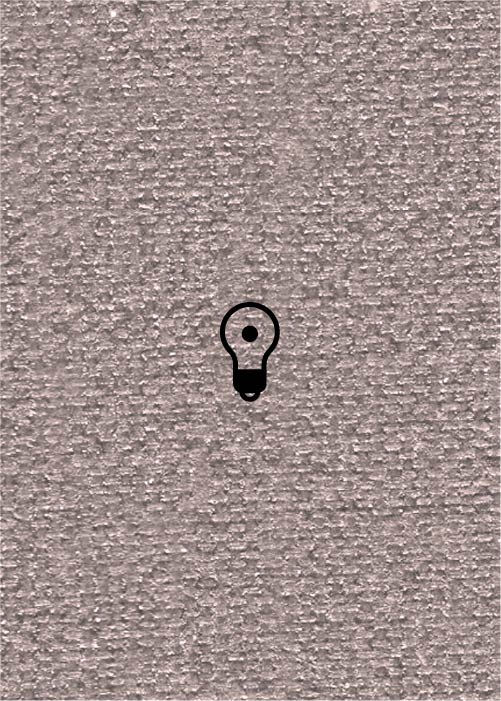(145 results found)

Sher
… The two dances are also identical in movements in the duple meter of 2/4. In the execution of the ‘freylakhs,’ it is … Russian dance (lit. ‘scissors’) in moderate duple meter, at one time prevalent among Jews of Eastern Europe … in steps to the Virginia Reel. It is played in duple meter, usually written in 2/4, at a moderate tempo, between …

Polka
… been called upon to play waltzes and mazurkas (both in 3/4 meter), polkas (2/4), tangos (4/4) European military marches …

Tsushpil
… or rhythmic melody following a diona or other free-meter tune]. Alpert 1993, p. 3 . (Recording references …

Nokhshpil
… or rhythmic melody following a doina or other free-meter tune]. Alpert 1993, p. 3 . ( Recording references …

Mazurka (LKT)
… been called upon to play waltzes and mazurkas (both in 3/4 meter), polkas (2/4), tangos (4/4), European military …

Marsh (LKT)
… repertory includes niggunim with the characteristic triple meter of the waltz style... 2) Members of the Boyan … been called upon to play waltzes and mazurkas (both in 3/4 meter), polkas (2/4), tangos (4/4) European military marches …

Londre (LKT)
… “Hora: A popular Romanian-Jewish dance in a limping, duple meter, often notated in 3/8 time. Also known as hoira, …
La Gallarda matadora
… basis for her arrangement. It is originally in A minor, 6/8 meter, but it is sung without a constant beat. Karbasi … to the flamenco style called Bulería which also has a 6/8 meter (although it is also considered to be 12/8). Most of …

Patsh Tants (LKT)
… ‘clap dance’) of Eastern European origin, In a slow duple meter, it is part of the Jewish wedding. While dancing in a … are, that the dancers hit hands at certain points of the meter.” Stutschewsky 1959, pp. 175, 214 . (Musical notation …
Sol Zim
Sol Zim is the descendant of five generations of cantors. Zim's father, Samuel Zimelman…




